We all love the sunshine, until it turns your car into a mobile sauna. Whether you’re commuting to work, hauling kids to practice, or just running errands around West Chester, a working car A/C is a summer necessity. When your system stops blowing cold or starts making suspicious noises, Tommy’s Automotive is here to get things chill again.
Because let’s be honest, no one wants to arrive anywhere looking like they just ran a 5K in July.
Signs Your Car’s A/C Needs Attention
Your A/C might not be shouting for help, but it drops plenty of hints when something’s wrong. If you’re noticing any of the following, it’s time to schedule a check-up:
- Warm or weak airflow – Even when you crank it to “MAX,” you’re barely feeling a breeze.
- Strange smells – A musty or moldy odor might mean bacteria or mold in the system.
- Odd noises – Clicking, rattling, or whining noises could signal a failing compressor or debris.
- Inconsistent cooling – One minute it’s icy, the next it’s lukewarm.
- Leaks or puddles – If you see moisture on the passenger floor or refrigerant pooling under your car, something’s up.
Ignoring these signs won’t make them go away. In fact, delaying A/C service can lead to bigger (and more expensive) repairs down the line.
What’s Causing Your A/C Problems?
Your car’s air conditioning system is more than just a fan blowing cold air. It’s a complex network of parts that includes a compressor, condenser, evaporator, expansion valve, and refrigerant—all working in sync. Here are some usual suspects when it stops performing:
- Low or leaking refrigerant – A very common issue, especially in older vehicles.
- Failing compressor – The “engine” of your A/C system. If it’s broken, nothing’s cooling.
- Electrical gremlins – Faulty sensors or blown fuses can knock your whole system offline.
- Dirty or clogged components – A plugged condenser or a filthy cabin air filter can seriously reduce performance.
- Wear and tear – Belts, O-rings, and seals degrade over time, especially in seasonal climates like ours.
At Tommy’s, we don’t just guess; we use advanced diagnostics to pinpoint the exact issue and get it fixed quickly and correctly.
Our Air Conditioning Service
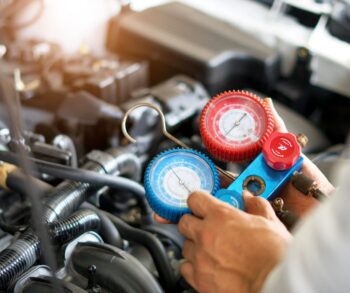
- A/C system diagnostics and troubleshooting
- Leak detection and refrigerant recharge (we work with both R-134a and R-1234yf refrigerants)
- Compressor, evaporator, and condenser replacements
- Hose, valve, and O-ring repairs
- Cabin air filter replacements (yes, they really do help!)
And unlike some shops, we don’t believe in upselling things you don’t need. We’ll explain the problem, show you the options, and only recommend what’s necessary.
Stay Cool with Tommy’s Automotive
Whether your A/C is underperforming or completely on strike, Tommy’s is the go-to shop in West Chester for fast, honest, and expert repairs. Our ASE-certified technicians have years of experience with domestic and foreign vehicles, and we’ll treat your car like it’s our own, only cooler.
Don’t suffer through another sticky summer commute. Contact Tommy’s Automotive today or stop by the shop to schedule your appointment.
We’ll handle the heat so you don’t have to.

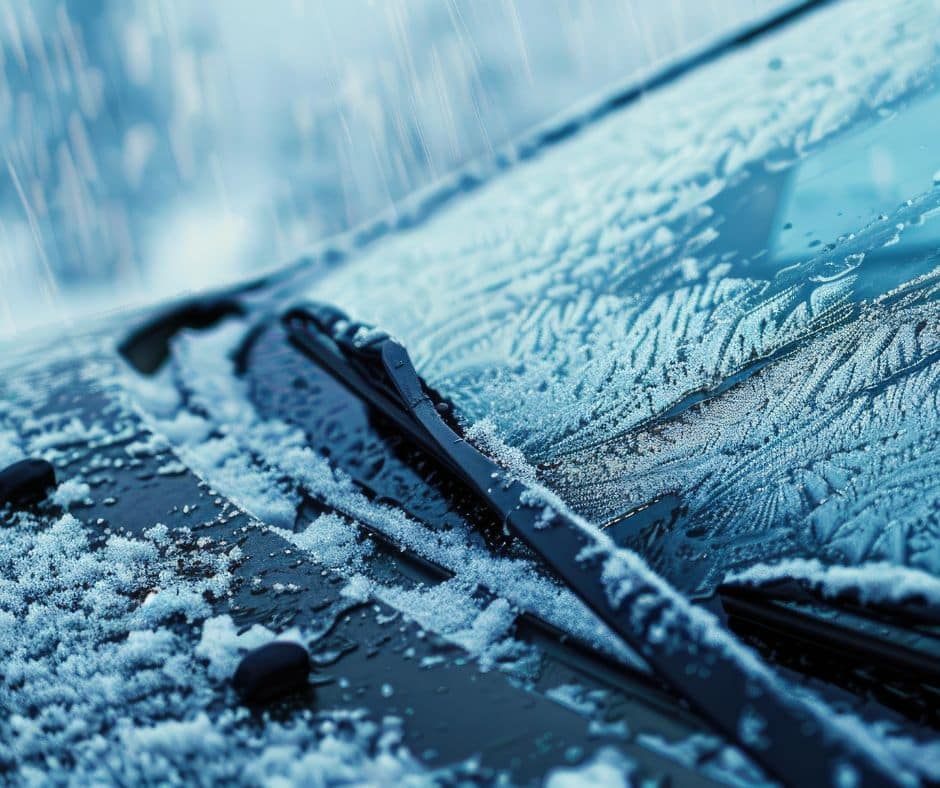 Rain, fog, ice, dust – nature’s elements can impair visibility while driving – regardless of the time of year. In the winter, though, we may notice the condition of our windshields, wipers, and headlights more than any other season. Dust, grime, and moisture can build up in our headlights, reducing our ability to see and be seen. Likewise, ice damage on windshields and wipers can also cause a hazard. At Tommy’s Automotive, we are committed to your – and your family’s – safety.
Rain, fog, ice, dust – nature’s elements can impair visibility while driving – regardless of the time of year. In the winter, though, we may notice the condition of our windshields, wipers, and headlights more than any other season. Dust, grime, and moisture can build up in our headlights, reducing our ability to see and be seen. Likewise, ice damage on windshields and wipers can also cause a hazard. At Tommy’s Automotive, we are committed to your – and your family’s – safety. Headlights are essential for safe driving, especially in winter’s longer nights and frequent storms. If they’re foggy, dirty, or dim, your visibility (and safety) is compromised. Here’s how to keep them in top shape:
Headlights are essential for safe driving, especially in winter’s longer nights and frequent storms. If they’re foggy, dirty, or dim, your visibility (and safety) is compromised. Here’s how to keep them in top shape: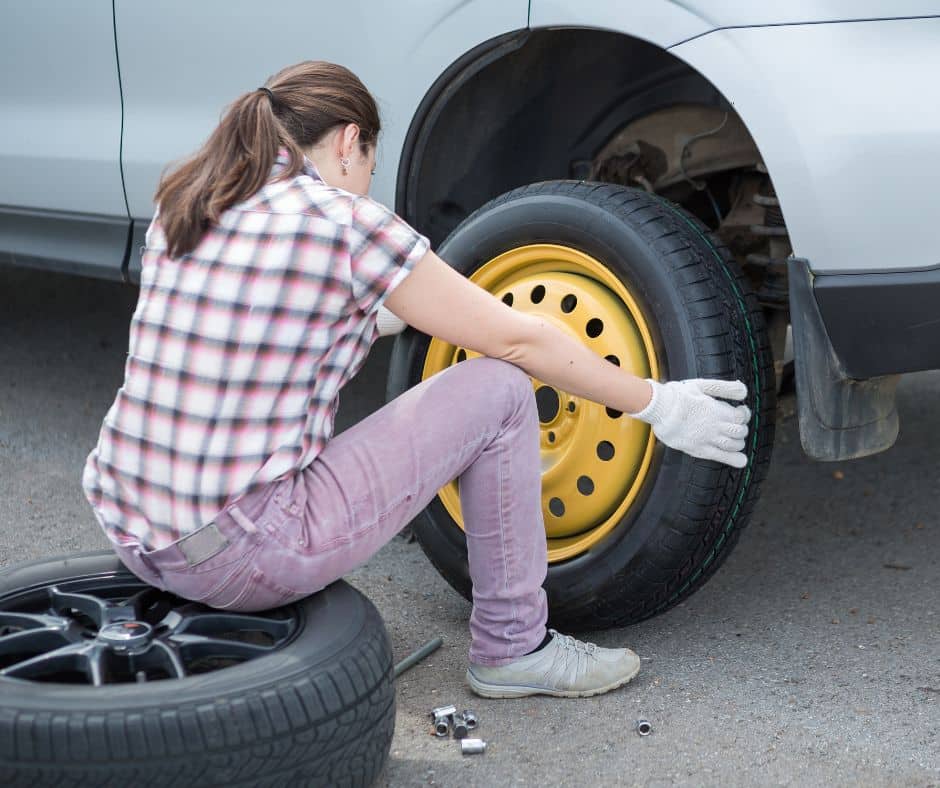 Whether your college student is off to West Chester University, Chester County CC, or another nearby university, one of your top priorities is ensuring your child’s safety, both on and off campus. While your student may be excited about the newfound freedom of driving, it’s crucial to ensure they possess the knowledge and skills to maintain their vehicle properly. Teaching your college drivers about car maintenance not only helps them stay safe but also saves money and fosters responsible driving habits.
Whether your college student is off to West Chester University, Chester County CC, or another nearby university, one of your top priorities is ensuring your child’s safety, both on and off campus. While your student may be excited about the newfound freedom of driving, it’s crucial to ensure they possess the knowledge and skills to maintain their vehicle properly. Teaching your college drivers about car maintenance not only helps them stay safe but also saves money and fosters responsible driving habits.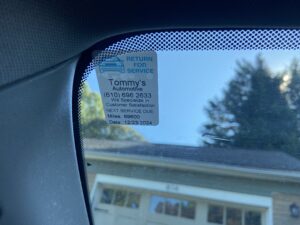 Budgeting for Car Maintenance
Budgeting for Car Maintenance Temperatures are heating up and one of the best ways to escape the heat is by taking a drive. Whether you set off to the beach, a nearby tourist destination, or you decide you want to spend some time in an air-conditioned car – a summer drive can be the refresh you need. Before you gas up and hit the road, there are some summer driving tips to consider.
Temperatures are heating up and one of the best ways to escape the heat is by taking a drive. Whether you set off to the beach, a nearby tourist destination, or you decide you want to spend some time in an air-conditioned car – a summer drive can be the refresh you need. Before you gas up and hit the road, there are some summer driving tips to consider.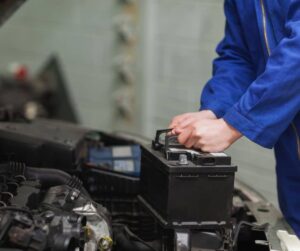 Coming out of a winter where temperatures can frequently dip below freezing, you may be wondering whether or not your car’s battery is going to need replacing. While the average car battery lasts anywhere from 3 to 5 years, many factors contribute to its lifespan. At Tommy’s Automotive, we routinely check our customer’s car batteries and can recommend replacement based on a few things.
Coming out of a winter where temperatures can frequently dip below freezing, you may be wondering whether or not your car’s battery is going to need replacing. While the average car battery lasts anywhere from 3 to 5 years, many factors contribute to its lifespan. At Tommy’s Automotive, we routinely check our customer’s car batteries and can recommend replacement based on a few things.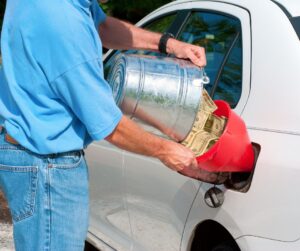 As gas prices continue to climb, many of us are feeling the pain at the pump. While no one can say when the fuel costs will go down, there are some great ways you can save some money and get better fuel economy – no matter what vehicle you drive.
As gas prices continue to climb, many of us are feeling the pain at the pump. While no one can say when the fuel costs will go down, there are some great ways you can save some money and get better fuel economy – no matter what vehicle you drive.